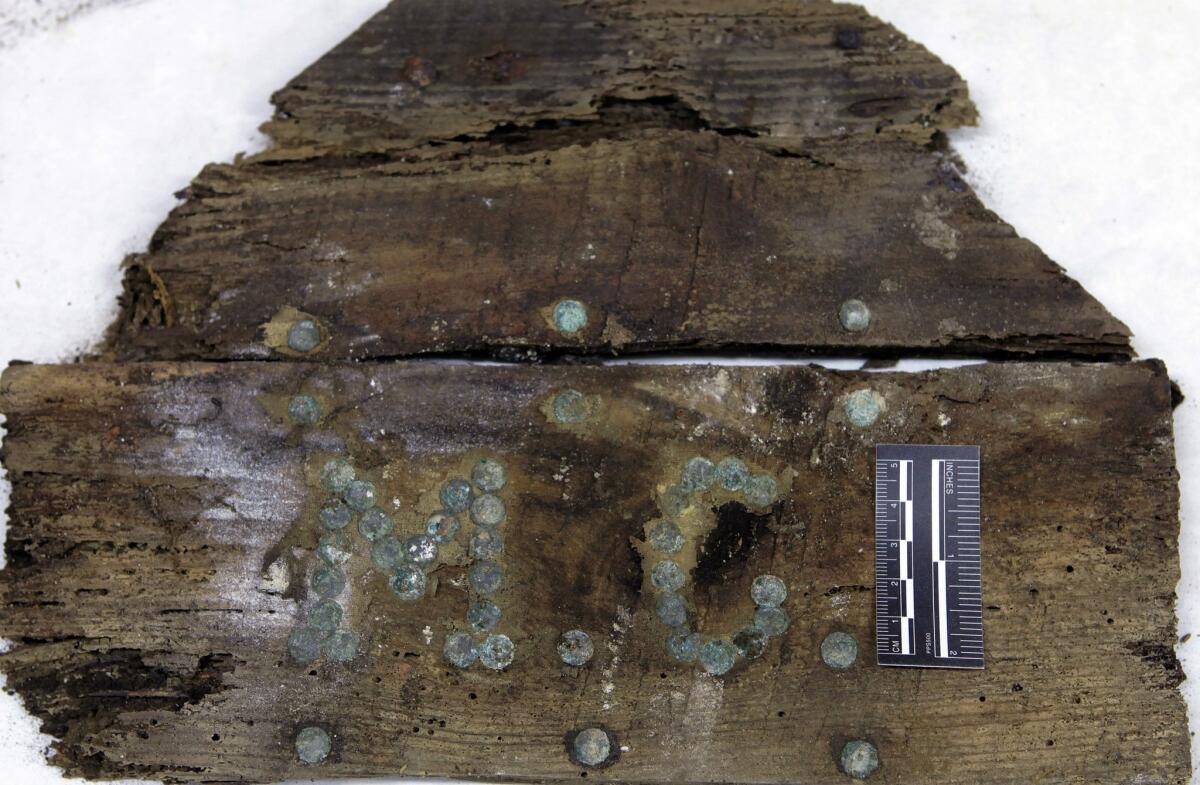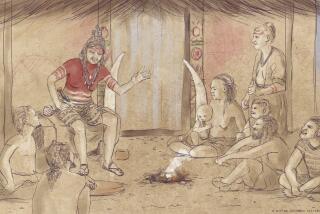Is the quixotic quest for Miguel de Cervantes’ bones almost over?

- Share via
Forensic scientists in Madrid might be close to solving one of Spain’s oldest literary mysteries: the location of “Don Quixote” author Miguel de Cervantes’ grave. The Associated Press reports that archaeologists have located fragments of a coffin with the initials “M.C.” written in tacks in a chapel crypt.
The legendary Spanish novelist died in 1616 and was reportedly buried in the Convent of the Barefoot Trinitarians in Madrid’s Literary Quarter, but researchers have been unable to find the exact location of his grave.
Anthropologists, believing they had located three unmarked and unrecorded graves in the crypt, set out to see if one might contain Cervantes’ remains. The casket that has just been discovered was located in an underground niche with bones from 10 people, including children, according to Francisco Etxeberria, a renowned Spanish forensic anthropologist.
Scientists, who are now investigating the remains, will have “solid clues to work with,” reports the AP. They know that Cervantes died at 68 or 69 (sources differ on his exact age), and that he had only six teeth before his death. He was also shot three times in the Battle of Lepanto in 1571.
Cervantes is one of the most renowned literary figures in world history. Although he wrote poetry, plays and stories, he remains best known for “Don Quixote,” his famous novel about a delusional Spanish man convinced he is a knight.
More to Read
Sign up for our Book Club newsletter
Get the latest news, events and more from the Los Angeles Times Book Club, and help us get L.A. reading and talking.
You may occasionally receive promotional content from the Los Angeles Times.






